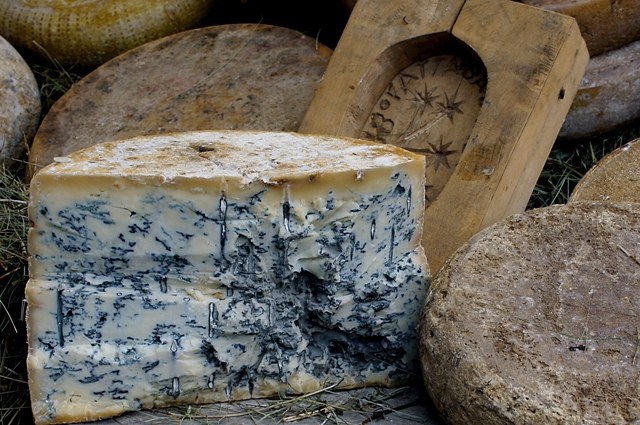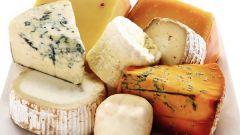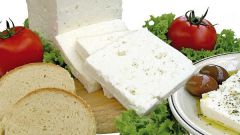Instruction
1
Creamy soft cheese suitable for light white, rosé and red wines. Chardonnay, Riesling, Pinot Gris and Sauvignon Blanc - faithful companions of sheep and goat cheeses with delicate flavors to suit brie and Camembert, Gouda and mozzarella.
2
Flavored hard cheeses need to be equally "strong" support. Cheddar, Parmesan, Asiago bravura "strong" notes of their taste will make a harmonious Symphony with a full-bodied red wines, full of life and sunshine, such as Merlot, Shiraz, Cabernet Sauvignon.
3
Their sparkling wine with delicate bubbles and a fruity-floral notes accompanied by soft brie cheese. Rich, thick port wine cheese requires a match for yourself, with history, there can not do without cheese "blue bloods", and the upper mold. The perfect couple English Stilton.
4
It is very important to a good wine to choose not only "right", but not overdue, or, conversely, unseasoned cheese. Remember, hard and semi-hard cheeses must not have cracks, bumps, and mold – they indicate too long storage. Dents or depressions on the surface of the cheese round to inform you that unripe cheese. Soft cheeses have a soft texture, but the crust should also be durable, free of cracks. The inside of soft cheese is smooth, smooth, without "holes".
5
Cheesewith "holes", for example, a Swiss Fontina, is to have clear large "eyes" throughout the mass. If the holes are small and they are few, poorly seasoned and the cheese may contain bacteria.
6
None of the cheese is not allowed oily film on the surface, it indicates that the product was under the influence of the temperature difference and the fats contained in it, "melted" and has gone bad.
7
Good cheese, like good wine, always a great flavor. Even if it smells like the famous "Stinking Bishop" - unwashed socks - it's spicy smell, not a putrid smell. Fresh cheeses have an earthy smell, soft cheeses often smell like fruit or nuts.


